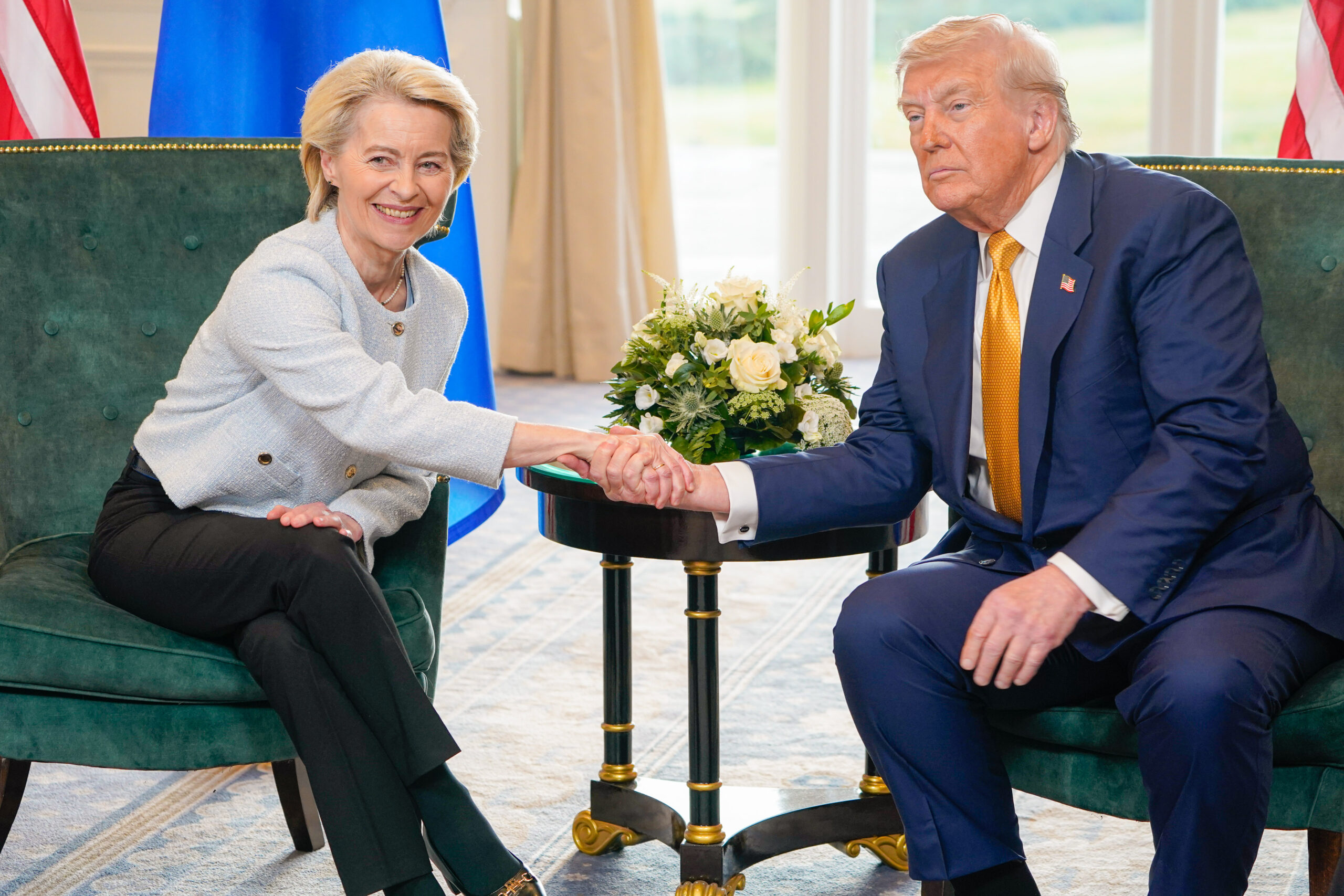
President Donald Trump has eased back from imposing tariffs of up to 250% on pharmaceuticals and 100% on semiconductors imported from the European Union. Instead, those goods will now face a 15% tariff, in line with most other sectors covered under the recently finalized U.S.–EU trade agreement.
The deal marks a shift from Trump’s earlier stance that pharmaceuticals and semiconductors were excluded from the original handshake agreement, sparking concerns in Europe about potential steep tariff hikes.
Conditions for Car Tariff Relief
Under the new terms, the EU must first pass legislation removing tariffs on U.S. exports to zero before its 27.5% tariffs on car exports to the U.S. can be reduced to 15%. EU Trade Commissioner Maros Sefcovic confirmed that Brussels aims to begin that legislative process this month, allowing the reduced car tariff to be applied retroactively.
Despite the concession, industry leaders noted that even a 15% tariff on cars remains much higher than the 2.5% rate prior to April. “The impact will continue to be large,” said Sigrid de Vries of the European Automobile Manufacturers’ Association.
Winners and Losers
Pharmaceutical-producing nations such as Ireland and Denmark welcomed the revised tariff terms, calling them vital for protecting exporters like Novo Nordisk, the maker of Ozempic. Ireland’s Deputy Prime Minister Simon Harris described the 15% cap as an “important shield.”
However, not all industries were satisfied. Wine and spirits remain subject to tariffs, sparking backlash from European exporters and U.S. distillers alike. Both groups argued that uncertainty over long-term tariff levels hampers their ability to plan for growth.
The trade deal, first outlined during Trump’s meeting with European Commission President Ursula von der Leyen in Scotland, is seen as a framework agreement with scope for expansion. Both sides described it as a “first step” toward stabilizing the transatlantic trade relationship after months of tariff threats and tense negotiations.
What The Author Thinks
Trump’s decision to cap tariffs on pharmaceuticals and semiconductors at 15% was pragmatic, avoiding a damaging escalation with some of Europe’s most influential industries. But the deal also exposes ongoing cracks — especially for sectors like cars and spirits, which still face steep trade barriers compared to pre-2024 levels. For European automakers and winemakers, this feels less like relief and more like damage control. The agreement may buy time, but unless both sides commit to deeper tariff reductions, the transatlantic trade relationship will remain vulnerable to flare-ups.
Featured image credit: Wikimedia Commons
For more stories like it, click the +Follow button at the top of this page to follow us.
